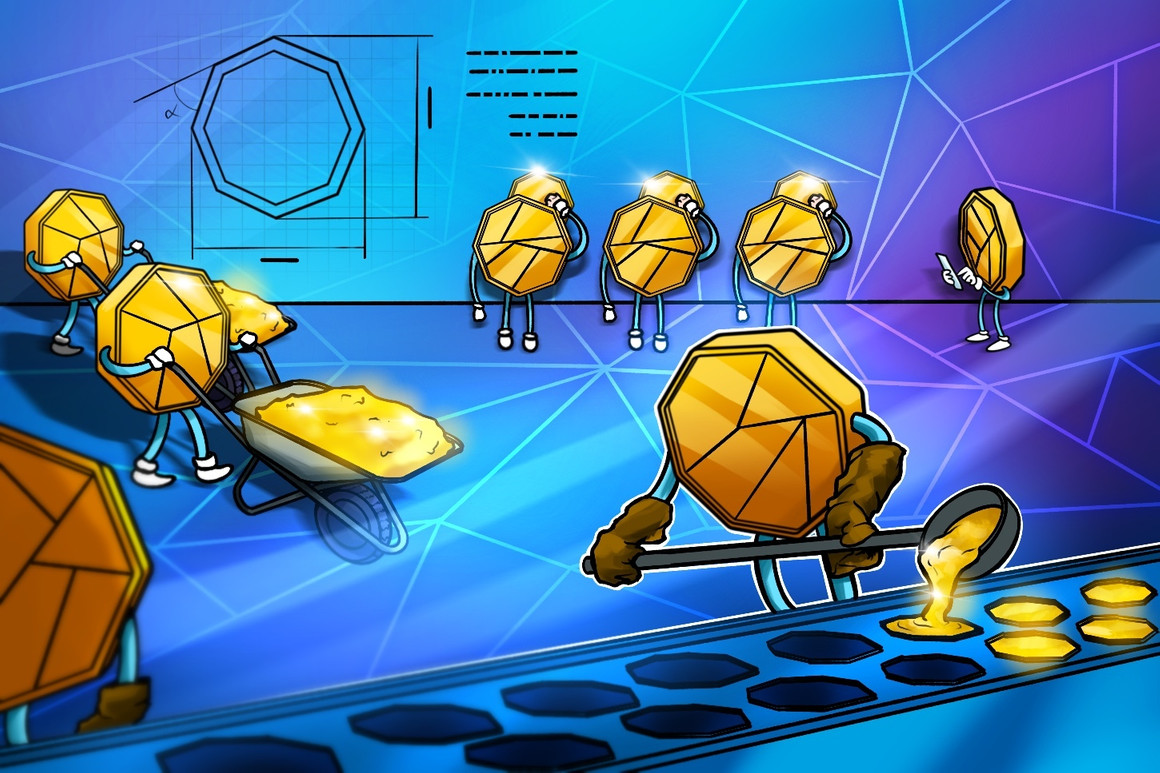Crypto and fiat savers are making a fatal error — and DeFi can come to the rescue

[ad_1]

There’s no escaping it: the DeFi markets have cooled down over the past year.
After breaking $180 billion in total value locked last November — coinciding with Bitcoin racing to a new all-time high of $68,700 — data from DeFiLlama shows the collective value of this market has now dwindled to around $40 billion.
Nonetheless, experts remain bullish on the potential of decentralized finance. Protocols are continuing to build furiously during the bear market — ensuring that they’ll be in a strong position for the next wave of adoption. And although this recent contraction has scared away some retail investors, there are still opportunities to be had.
Here’s the problem — across crypto and fiat, many consumers are making a fatal error. Whether their savings are denominated in U.S. dollars or stablecoins, they’re letting their capital sit idle in accounts that aren’t earning interest. And given the runaway levels of inflation seen in major economies right now, this effectively means that their wealth is diminishing — and spending power is eroding with every passing month.
DeFi can be the answer here, but finding the best opportunities within this nascent space and ensuring that your assets are always allocated efficiently is a task that is virtually impossible to do manually. And even if you come across market-beating levels of yield, it can often change before you are able to take advantage of the opportunity.
Crypto is a volatile market that requires 24/7 monitoring in order to be an efficient investor. Plus, traders often end up with FOMO — a fear of missing out — after deploying their assets to a specific protocol.
What’s the answer?
A new concept that’s emerging in DeFi is reactive liquidity. This means that crypto enthusiasts have the ability to ensure their digital assets are earning the best risk-adjusted yield up until the very moment their assets are needed in a different position. Investors are given the ability to add customizable market triggers to their liquidity which ensure that their positions are monitored on-chain at all times. The moment conditions are met — which are set by the user — liquidity is shifted to where it is needed.
Mero is championing this approach to decentralized finance, and argues that it can have big benefits during this time of market turbulence. It allows funds to be deposited into liquidity pools in exchange for Mero LP tokens. Liquidity that is provided into Mero liquidity pools earns auto-compounded yield from automated yield-farming strategies. Any user who holds Mero LP tokens can register market triggers or actions to their liquidity — enabling them to earn yield on Mero up until the very moment their assets are needed elsewhere.

Mero currently supports market triggers, or actions, for topping up or adding additional collateral for loans on protocols such as Aave and Compound. Once registered, the Mero protocol’s network of keeper bots keeps a close eye on these loans — and shifts liquidity out of Mero pools (where it earns yield) to the loan’s collateral in the blink of an eye in order to avoid liquidations.
The team behind Mero, which was formerly known as Backd, say that they have been driven by a desire to make allocating capital in DeFi not only more efficient, but also a better user experience. Their approach effectively automates the process of asset deployment — ensuring that funds are always allocated most efficiently. When better opportunities emerge, or funds are required for time-sensitive purposes, they can be delegated elsewhere.
All of this can take a lot of weight off a DeFi investor’s shoulders — freeing up precious time so they can focus on other things.
Working across DeFi
As you would expect, continually uncovering competitive yields hinges upon onboarding as many pieces of DeFi infrastructure as possible. Fresh from securing $3.5 million in funding over the summer, Mero Finance intends to do just that.
The platform’s core liquidity pools, which support deposits for DAI, USDC, and ETH have continuously been ranked among the top 10 pools for base APY on Ethereum according to DeFi Llama. Furthermore, since its initial launch last Spring, three security audits have been completed and new dedicated liquidity pools for USDT and FRAX have been added.
More features beyond collateral top-ups are scheduled to launch in the next six months, and work is underway to roll out a governance token, too.
The project told Cointelegraph: “Mero enables you to maximize the power of your assets with reactive liquidity. Start using DeFi like a pro with Mero’s 24/7 on-chain monitoring, interest-bearing assets, and automated liquidity management.”
Disclaimer. Cointelegraph does not endorse any content or product on this page. While we aim at providing you with all important information that we could obtain, readers should do their own research before taking any actions related to the company and carry full responsibility for their decisions, nor can this article be considered as investment advice.
[ad_2]
Source link

